Menu
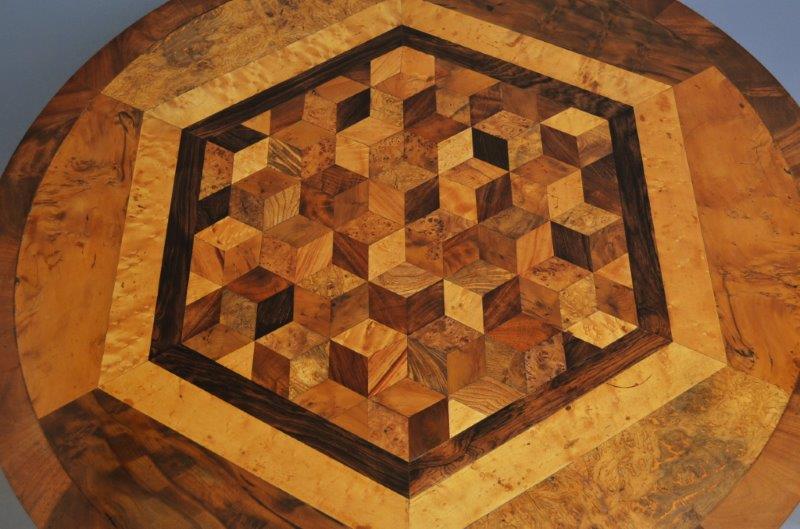
Ralph Turnbull (1788 – 1865) of Jamaica was a prominent, 19th century, cabinet maker and furniture designer. He became recognised internationally for his bold marquetry designs, and is widely credited as a driving force behind the creation of a unique, colonial Jamaican style. His creations showcased the variety and beauty of Jamaican timber; and his story, like his work, is fascinating and rich.

Ralph Turnbull, originally from Scotland, arrived in Jamaica in 1815. He set up a furniture making business with his brothers Thomas and Cuthbert Turnbull. By the middle of the 1820’s he had established a separate outfit, perhaps having fallen out with his brothers. Although he did work with Thomas again for a period.
His use of veneer in a highly distinctive, bold, geometric design, including a style known as tarsia geometrica, produced a recognisable style of furniture, that is often attributed to Turnbull. However in reality, some of these pieces may have come from other makers, including his brothers. He also took a number of apprentices during his long career, further spreading the design style. Let’s take a look at why this style is associated with Turnbull in the world of Antiques.
A unique selection of antique furniture for sale.
Part of this attribution came from his unique and clear labelling of the work. Turnbull also sold pieces with the accompanying plans for the piece. This was not only charming, but has added value to pieces over the years. His clear labelling has also enabled more accurate dating of pieces, as his labels changed over time, mirroring changes in his personal life.
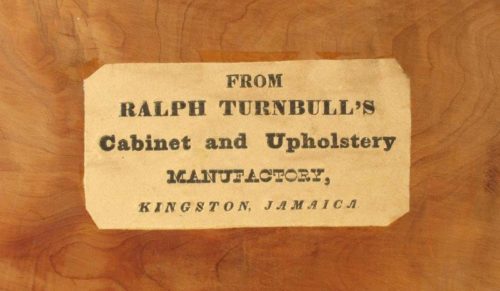
Ralph Turnbull married and had 3 children, including 2 sons. During the 1830s, his eldest, then second son joined the family business. So the earliest of his labels bare only his name, a later label read Turnbull & Son later still & Sons. Tragically in 1844 Turnbull lost both of his sons, but retained the name Turnbull and Sons until 1852, when he changed the name to Turnbull and Lee after Willian Lee, the husband of his daughter Isabel.
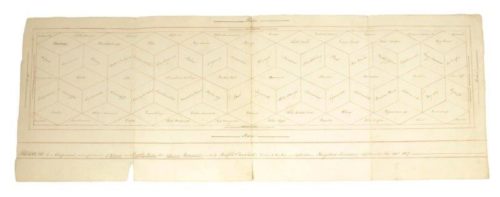
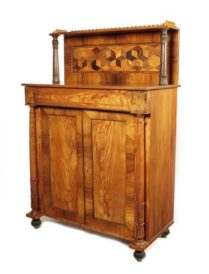
Ralph Turnbull died in Kingston, Jamaica in 1865 at the age of 77. By which time he had produced a number of notable pieces. His label mentions upholstery, but there are currently no known surviving upholstered pieces. Whether they ever existed or not is unclear, but presumably they did. The Turnbull name is instead well known primarily for smaller tables, such as games tables, boxes, and some really rather attractive and unusual chiffoniers.
What shines through is Turnbull’s love for the rich variety of indigenous Caribbean woods. He is said to have worked alongside a respected botanist. In 1834 Ralph Turnbull was awarded a grant of £1000 by the Jamaican House of Assembly for ‘’bringing the various woods of his island into repute in the mother country.’’
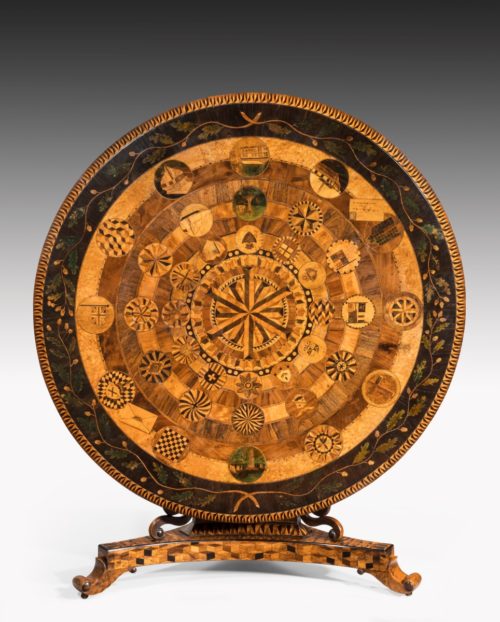
During the 1830s the slaves were emancipated in the British empire. Unlike many of his competitors, Ralph Turnbull did not use slaves prior to emancipation it seems. At least non are on record. Instead he employed and trained black and white apprentices.
In 1836 Turnbull applied to the Jamaican Parliament to fund sixty apprentices who had been formers slaves. He was unique in this, and it brought his work to the attention of the Marquis of Sligo, the then Governor of Jamaica, who commissioned Turnbull to make a games table for his home back in Ireland. This commission marked the beginning of a recognition that lasted for the rest of Turnbull’s life.
This ornate table is of particular cultural significance, as it is believed to include the work of both black and white apprentices. It is a highly unusual piece. It combines the finer work of more experienced makers and apprentices, and perhaps Turnbull himself, and the rougher work of less experienced craftsmen. It tells a fascinating story with the roundels containing images of a letter to Queen Victoria, a masonic emblem, coats of arms, local scenes, and more.
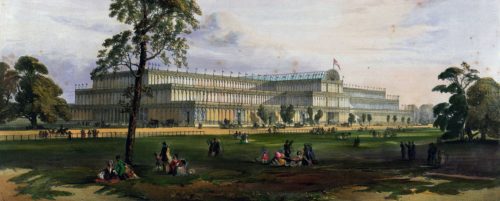
One of the images upon the roundels, may have originally depicted the giant greenhouse erected in Hyde Park London for the great Exhibition of 1851. Another is most likely of the ship that was belatedly built from Jamaican timber, and ladened with fine items from the Island for inclusion in the Great Exhibition. This vessel most likely included some of Turnbull’s creations amongst its cargo.
The ship and its contents were a late edition to the Exhibition, as Jamaica was battling a serious cholera outbreak prior to 1851. This was brought under control just in time for the inclusion. It is unclear whether this remarkable table was included in the ships cargo. Either way, it demonstrates a strong allegiance to the British Empire, and royal family.
In 1843 a fire at the main timber mill in Kingston would have almost certainly burnt down Turnbull’s workshop, although this is undocumented to date. It certainly would have affected his supply of timber. So Turnbull’s career was not without set backs. Despite this, the popularity of his work prevailed, and it was greatly admired in its own time, as well as today.
There is something very special and unique about the character of this work. Despite being antique for some time now, Turnbull’s work has a slightly modern, yet timeless feel to it. And you cannot help but feel that he was somehow a thinker and designer a little ahead of his time.
View the selection of antique furniture we have for sale.
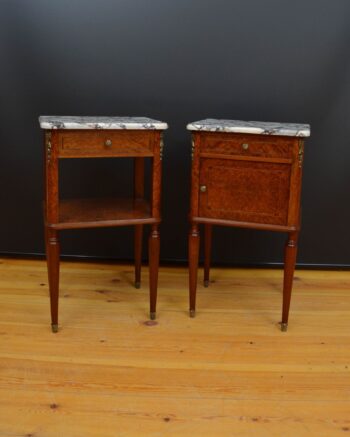 Pair of Antique French bedside cabinets c1900
£1,650.00
Pair of Antique French bedside cabinets c1900
£1,650.00
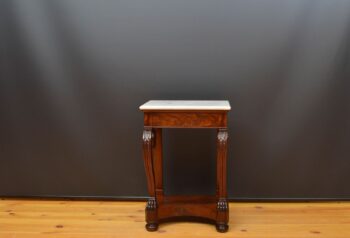 Antique mahogany console table
£2,250.00
Antique mahogany console table
£2,250.00
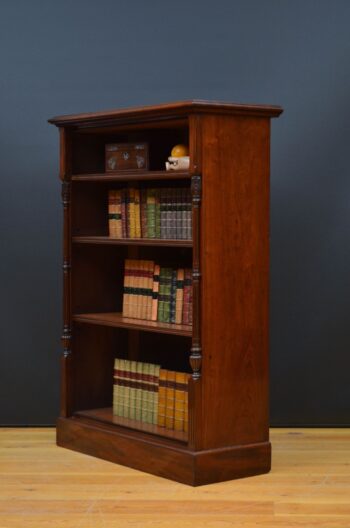 Victorian mahogany open bookcase
£1,685.00
Victorian mahogany open bookcase
£1,685.00
 Victorian Walnut Open Bookcase
£1,650.00
Victorian Walnut Open Bookcase
£1,650.00
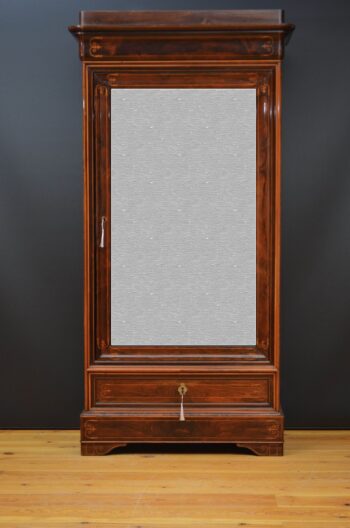 Antique French Rosewood Wardrobe or Bookcase
£2,500.00
Antique French Rosewood Wardrobe or Bookcase
£2,500.00
| Cookie | Duration | Description |
|---|---|---|
| cookielawinfo-checbox-analytics | 11 months | This cookie is set by GDPR Cookie Consent plugin. The cookie is used to store the user consent for the cookies in the category "Analytics". |
| cookielawinfo-checbox-functional | 11 months | The cookie is set by GDPR cookie consent to record the user consent for the cookies in the category "Functional". |
| cookielawinfo-checbox-others | 11 months | This cookie is set by GDPR Cookie Consent plugin. The cookie is used to store the user consent for the cookies in the category "Other. |
| cookielawinfo-checkbox-necessary | 11 months | This cookie is set by GDPR Cookie Consent plugin. The cookies is used to store the user consent for the cookies in the category "Necessary". |
| cookielawinfo-checkbox-performance | 11 months | This cookie is set by GDPR Cookie Consent plugin. The cookie is used to store the user consent for the cookies in the category "Performance". |
| viewed_cookie_policy | 11 months | The cookie is set by the GDPR Cookie Consent plugin and is used to store whether or not user has consented to the use of cookies. It does not store any personal data. |